Addressing Problematic Areas:
Google Assistant, Alexa, Siri - we are currently witnessing the rise of personal AI assistants. But there are problematic issues in using solely voice recognition.
- Speech Recognition Accuracy - It's hard to isolate a person's voice in noisy environments.
- Privacy - Anything you ask Siri, everyone else hears too.
- Personal Identification Authentication - with AI helping with things that involve monetary transactions (purchases and payments, booking flights), we need to trust that AI tech securely identifies individuals
Collecting non-audio signals as another stream of data when performing voice recognition tasks is a way to help mitigate these issues.
 Annie Ho
Annie Ho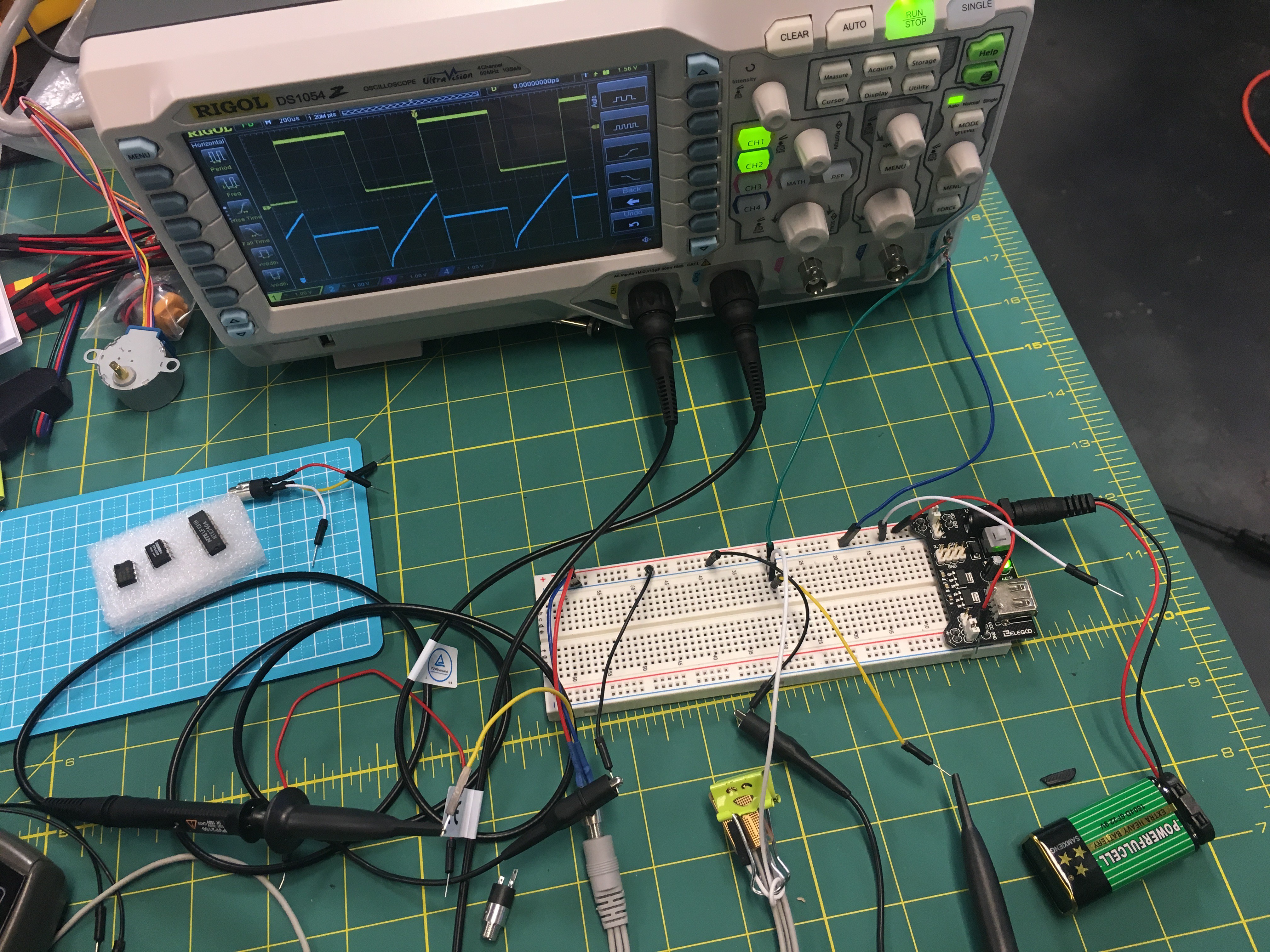
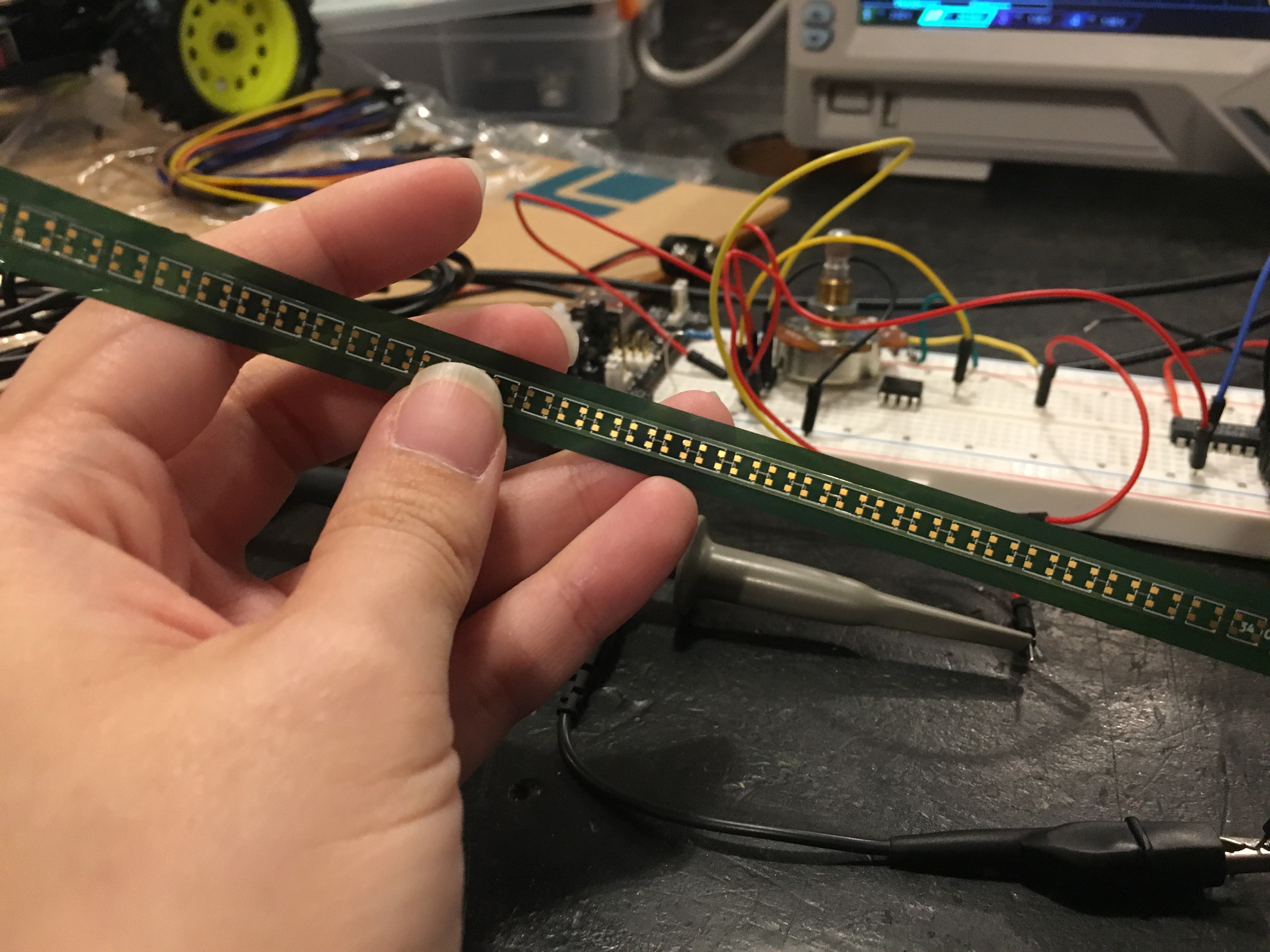


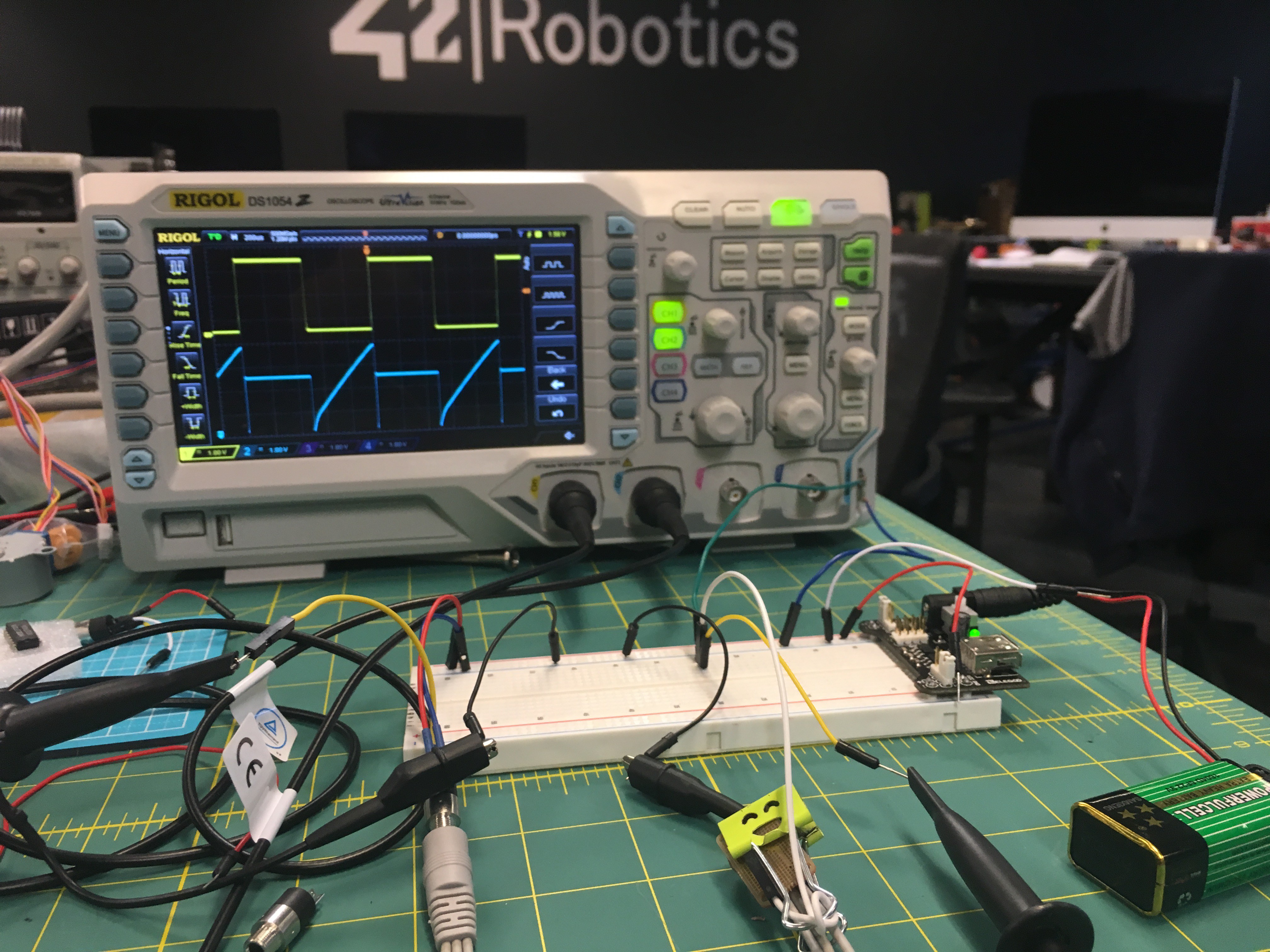
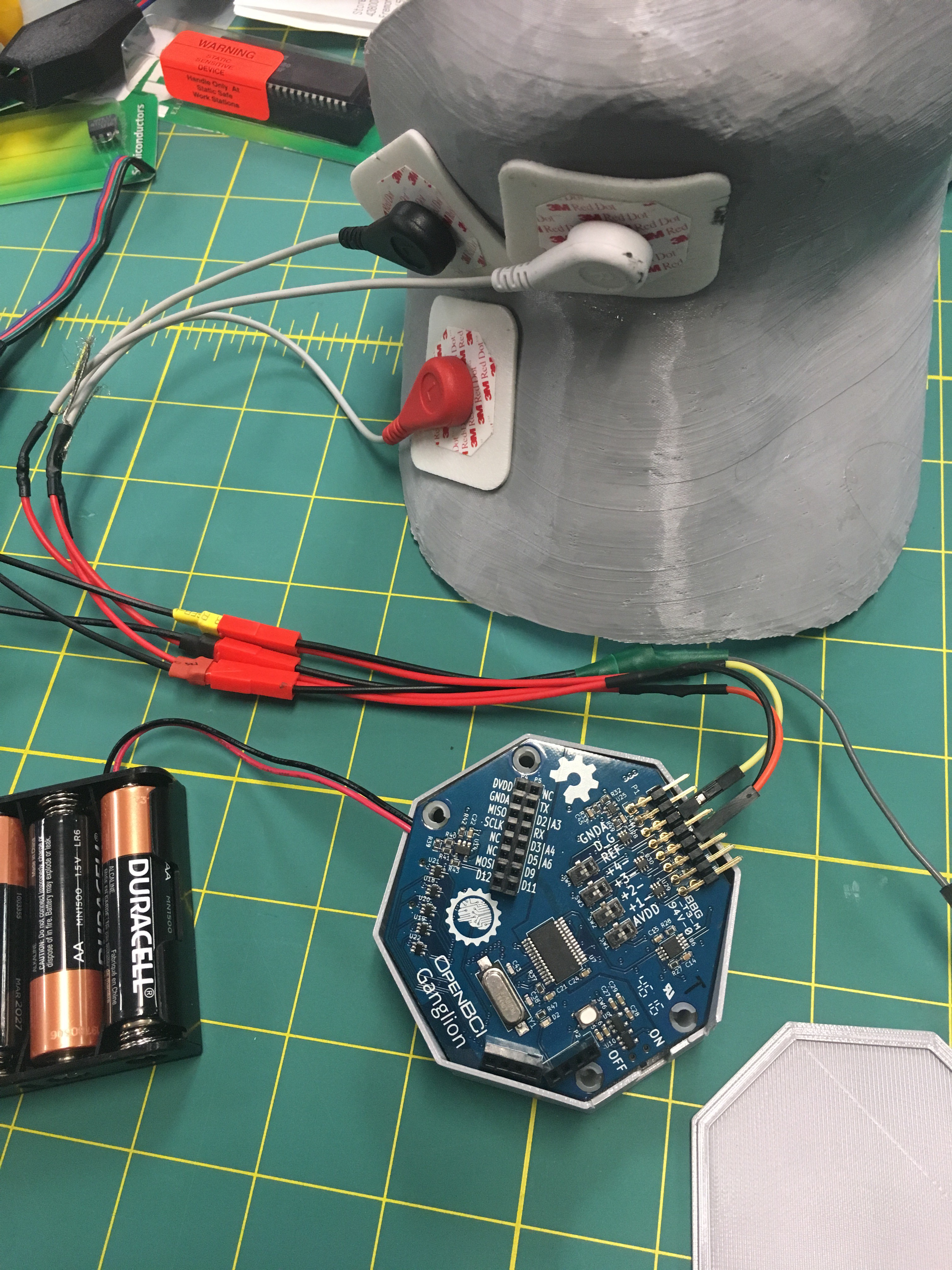
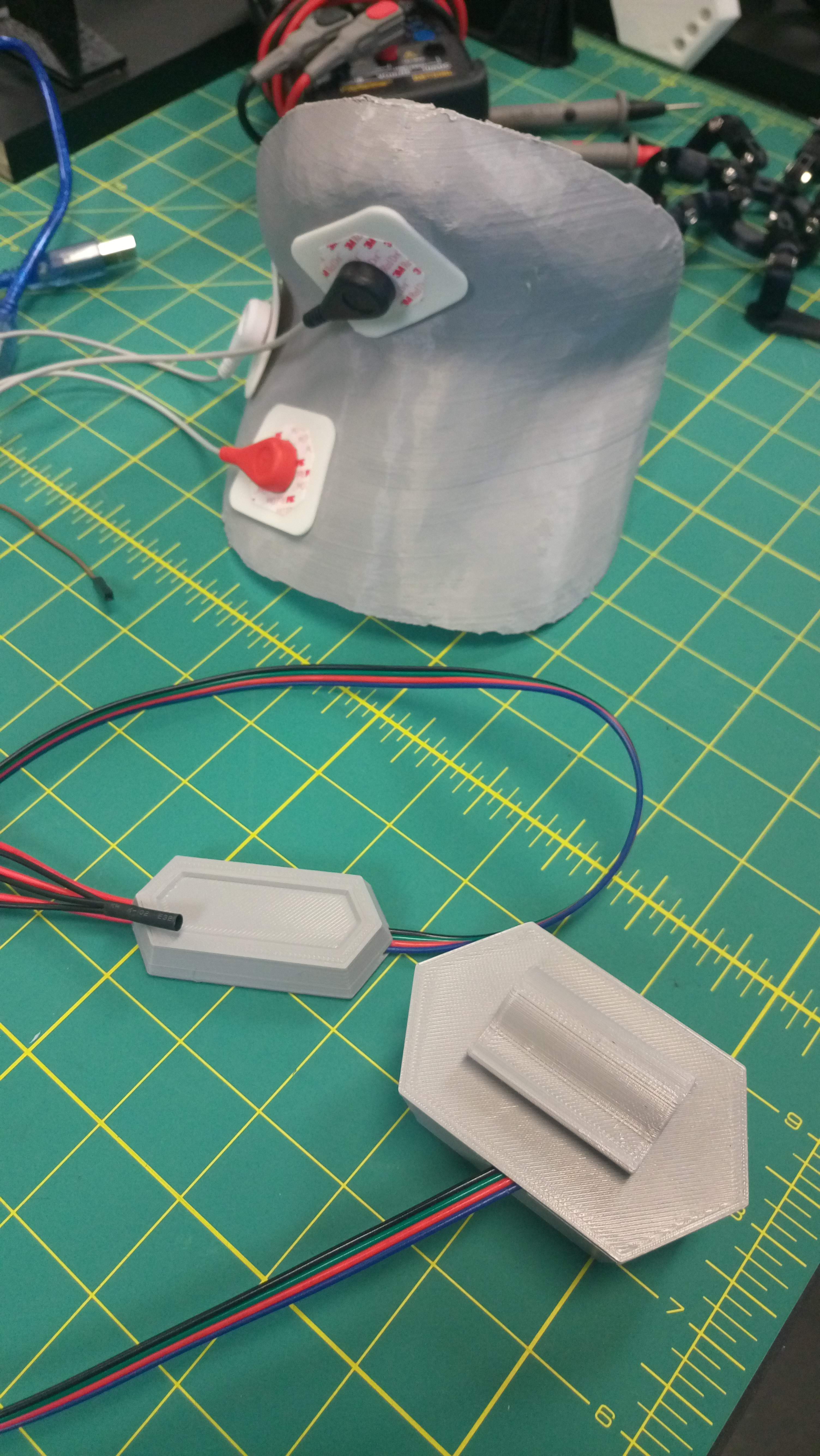

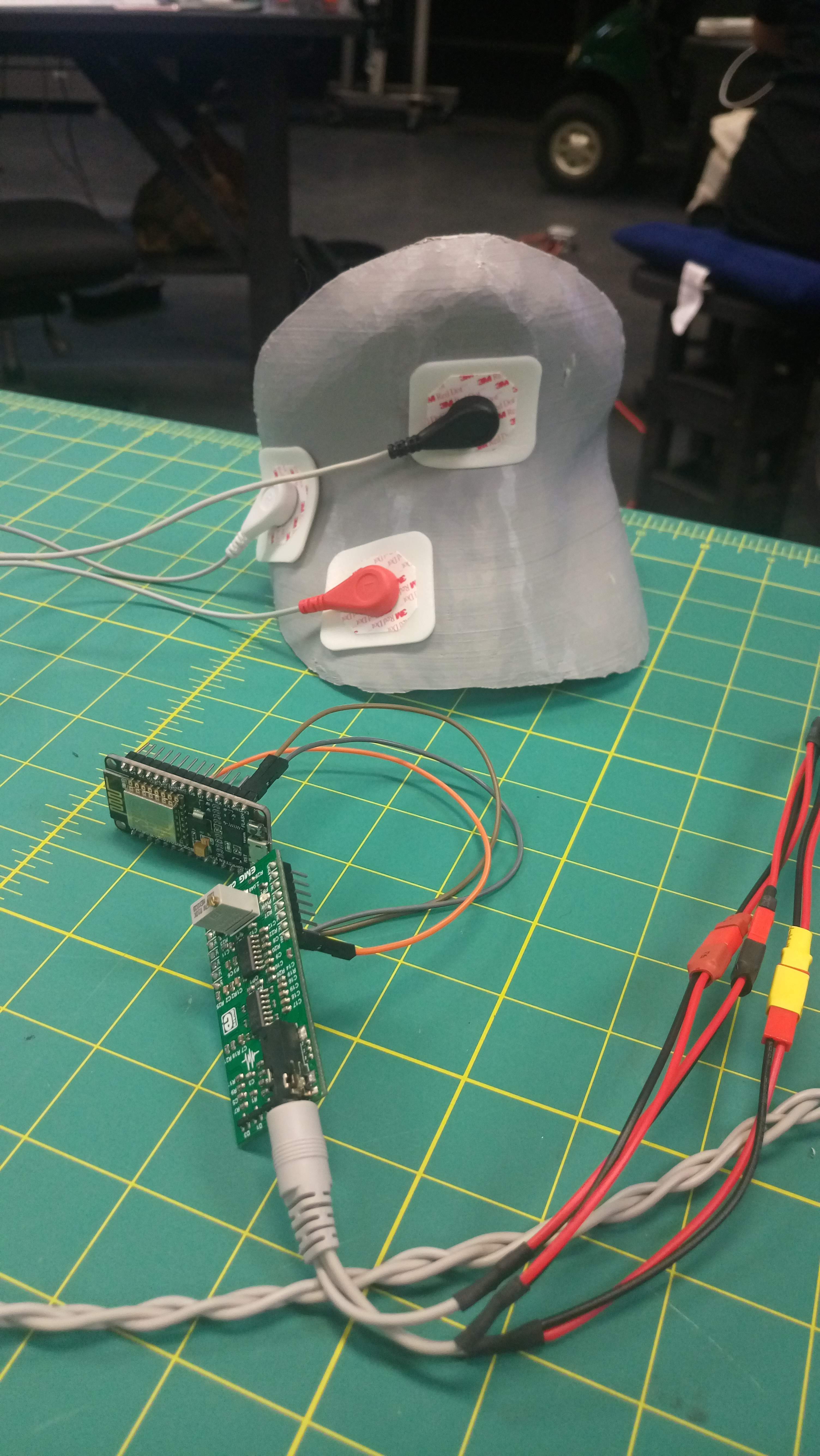
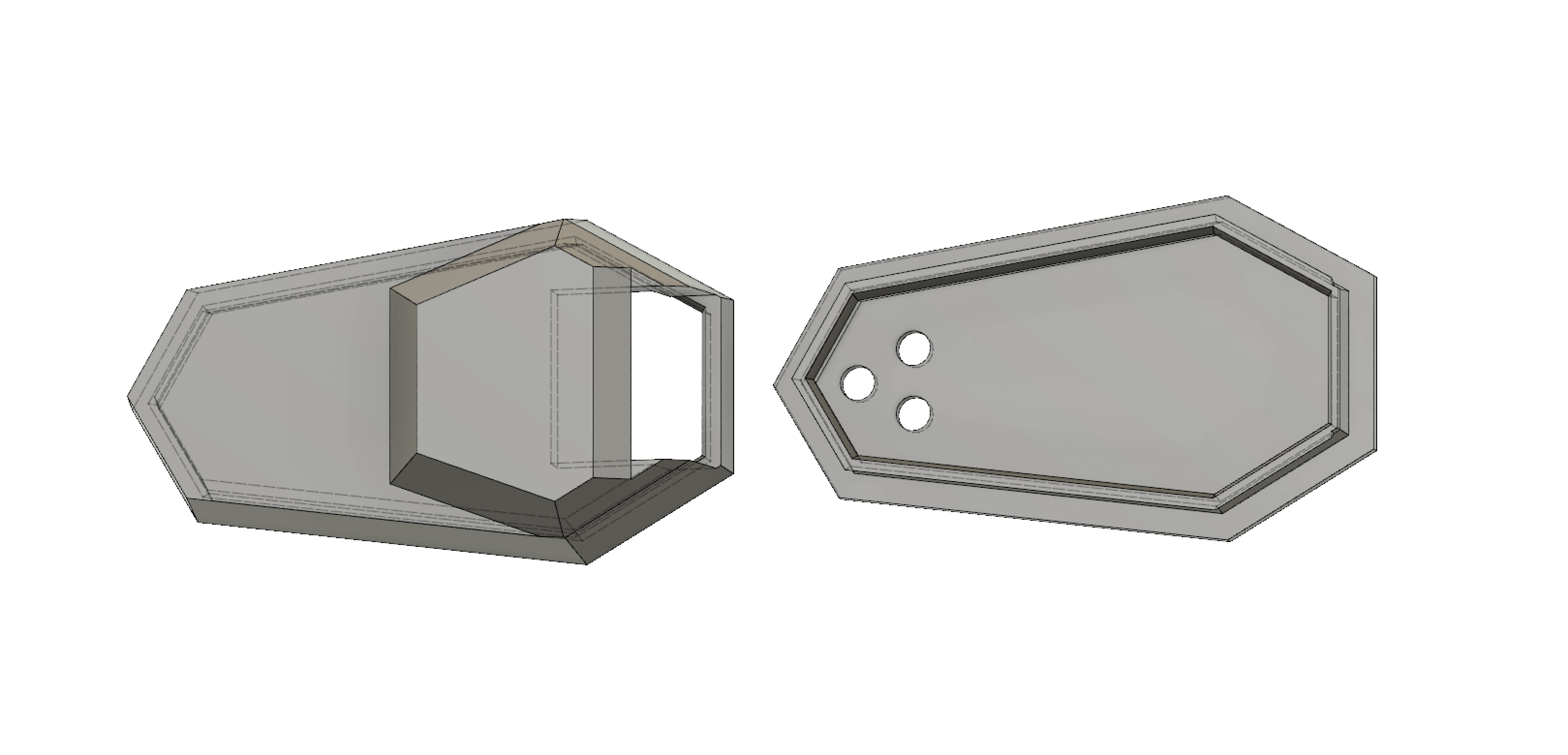
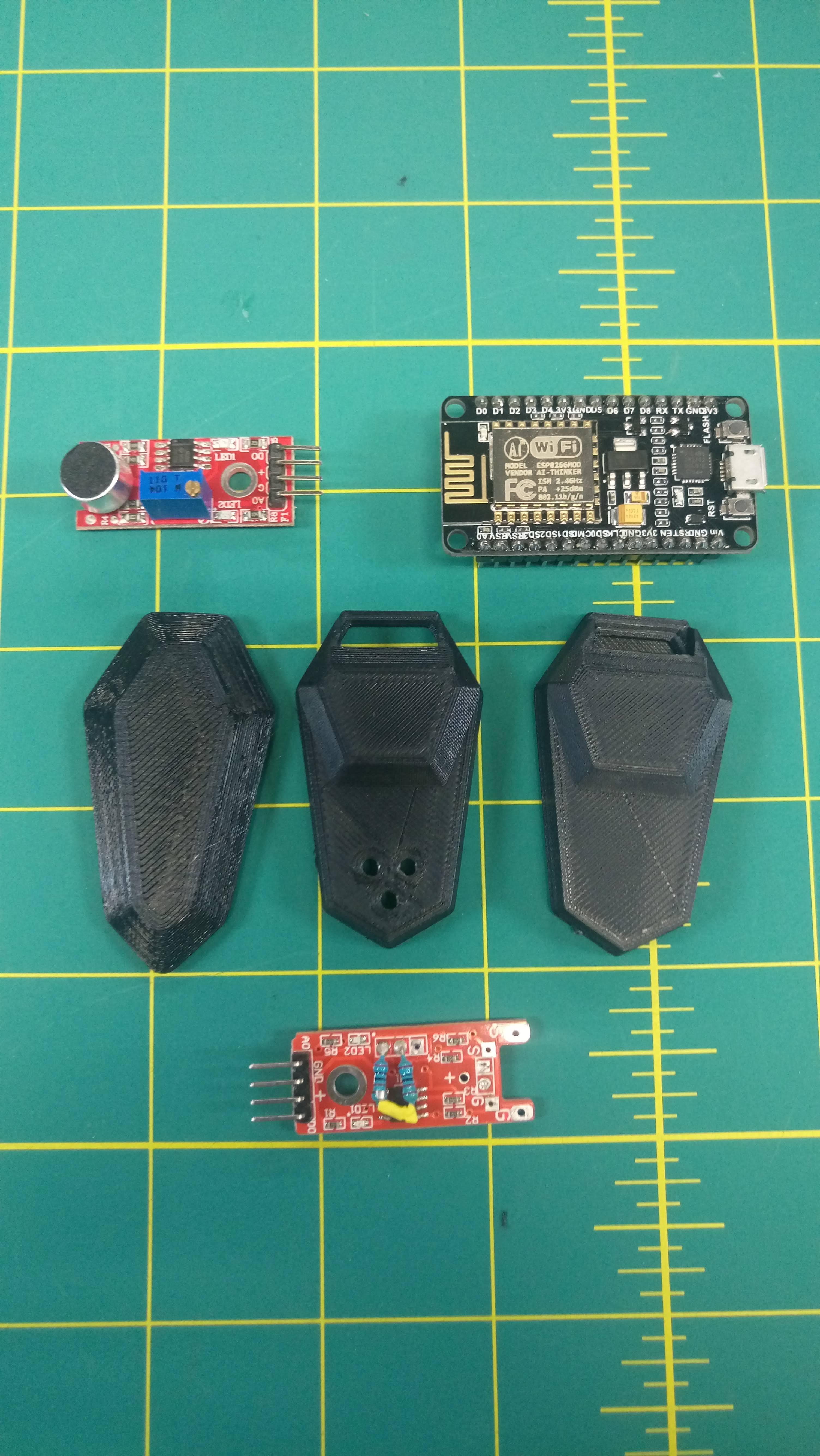




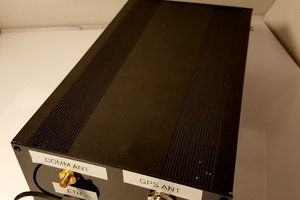
 williamg42
williamg42
 Tom Meehan
Tom Meehan
 peter jansen
peter jansen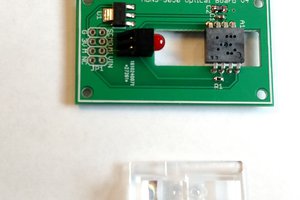
Is this actually working? I am building a sEMG wristband, it is so sensitive that i can control a device without actually moving. But I always thought it is not possible to record the vocal chords controlling muscles without invasive electrodes.